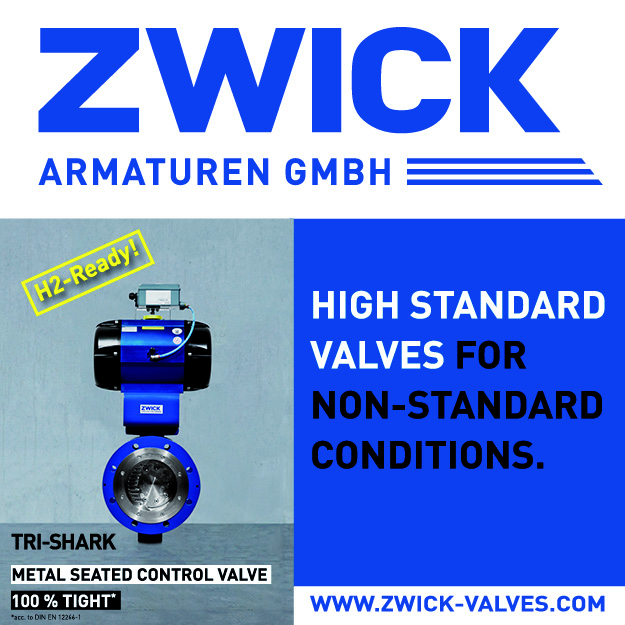Hydraulic Institute supports new DOE rulings on pump energy efficiencies
The Hydraulic Institute, North America’s largest pump trade association, has announced the release of two final rules by the US Department of Energy (DOE).
The Energy Conservation Standard and the Test Procedure for Commercial and Industrial Pumps rulings are now publically available.
The compliance date for the Energy Conservation Standard will be 2020 and DOE estimates it will save 0.29 quadrillion BTUs of energy between 2020 and 2050.
The release of the final rules is a culmination of more than five years of effort and negotiations between DOE and interested parties.
In support of the industry, the Hydraulic Institute (HI) and its members participated on the Appliance Standards Rulemaking and Rulemaking Federal Advisory Committee (ASRAC), which developed the term sheet that became the basis for the rules.
HI members, committees, and volunteers provided, among other tasks, performance data on more than 3,000 pumps for analysis, and wrote the test procedure that was incorporated by reference (HI 40.6-2014 Methods for Rotodynamic Pump Efficiency Testing).
HI is now reviewing the final rules and will discuss the rulings during the HI Annual Conference which will take place 11-15 February, 2016 in Tucson, Arizona.
In the Energy Conservation Standards Ruling, the DOE adopts new energy conservation standards for pumps.
DOE has determined that the new energy conservation standards for pumps would result in significant conservation of energy, and are technologically feasible and economically justified.
The Pump Test Procedure Ruling authorises DOE to prescribe energy conservation standards and corresponding test procedures for statutorily covered equipment such as pumps.
Under 42 U.S.C. 6314, EPCA sets forth the criteria and procedures DOE must follow when prescribing or amending test procedures for covered equipment.
EPCA provides that any test procedures prescribed or amended under this section shall be reasonably designed to produce test results that measure energy efficiency, energy use or estimated annual operating cost of a covered product during a representative average use cycle or period of use, and shall not be unduly burdensome to conduct.
















